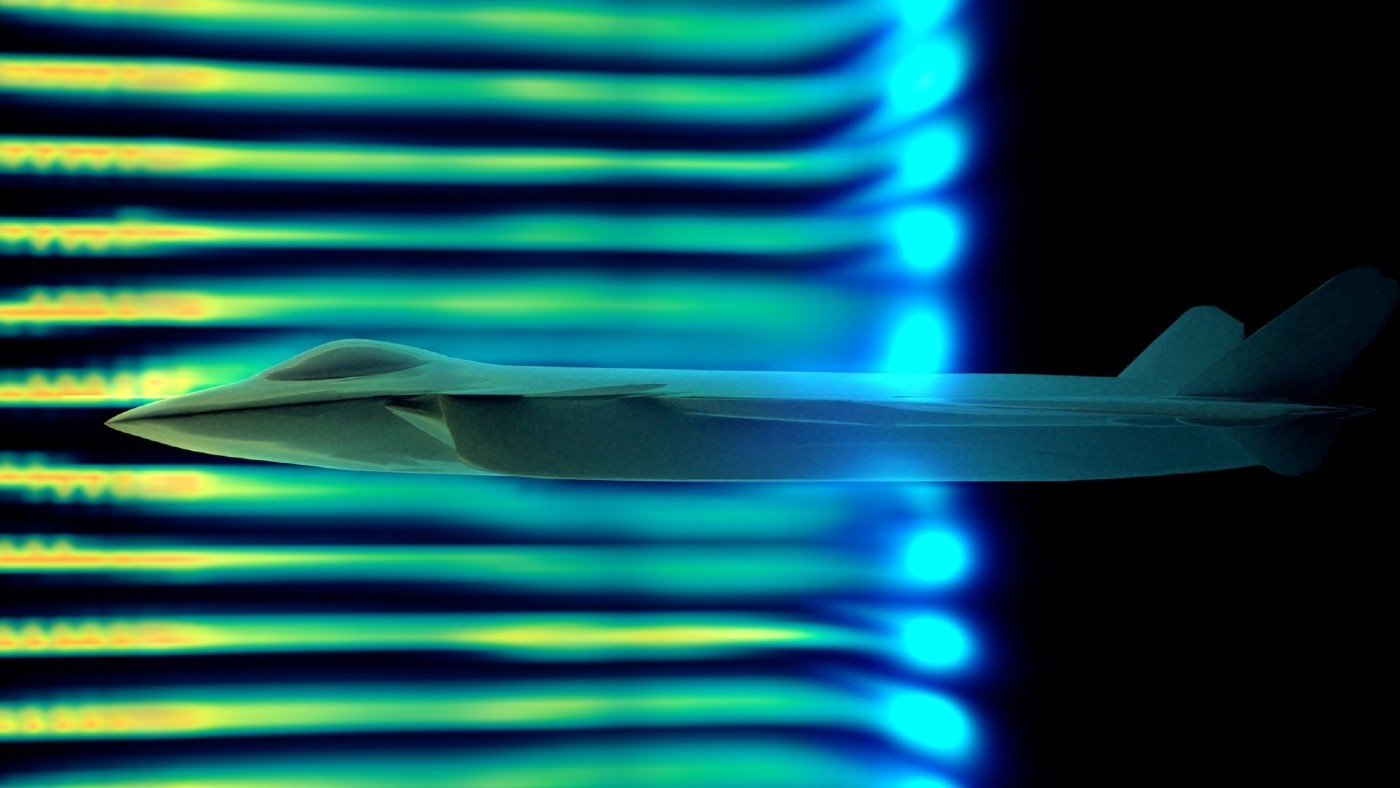China’s first-ever home-grown C919 passenger plane is seeking to challenge the global dominance of Boeing and Airbus in commercial aviation. Going a step ahead, it has now developed a civil wind tunnel complex bigger than anything that Boeing or Airbus currently has.
A famous Chinese journal, Acta Aerodynamica Sinica, has finally revealed that China now boasts the world’s largest civil wind tunnel facility, considered a tremendous accomplishment in the aviation industry. This follows 16 years of veiled secrecy over the massive infrastructure—reportedly equal to the sum of comparable facilities in the US and across Europe.
The remarkable scope of China’s wind tunnel complex was revealed for the first time in December in a peer-reviewed report written by senior engineer Wu Junqiang of the China Aerodynamics Research and Development Centre in Mianyang, Sichuan, which was eventually published in the journal.
To prevent accusations of mimicking the West, a significant amount of resources have been invested in constructing 18 wind tunnels across China since 2007. These tunnels have served as crucial testing grounds for scientists and engineers working on the nation’s first prominent civil jet aircraft.
These wind tunnels are essentially used to aid scientists and engineers in testing various issues related to aircraft development, such as icing, vibration, noise, and flight control systems, in addition to aerodynamic shape and extreme operating conditions.
China’s vast complex of wind tunnels for aircraft testing is equivalent to the combined total of similar facilities across the US and Europe.
They have been used to help develop China’s first large civil jet aircraft, the C919. pic.twitter.com/8w3FGgaiGZ
— China Focus (@China__Focus) January 19, 2024
Remarkably, the most enormous wind tunnels in the West spanning the United States and the European Union, used to create new models for Airbus and Boeing, are little more than five meters (16.4 feet). China, on the other hand, has four wind tunnels that are at least eight meters long.
China’s quest with wind tunnels that seek to outshine the ones in the Western world is not new. For instance, reports from June last year indicated that the Chinese engineers had managed to build the world’s most potent hypersonic wind tunnel called ‘JF-22.’

According to Chinese aerospace specialist Fu Qianshao, when related technologies mature, hypersonic aircraft could be used for both military and civilian purposes, including transport reconnaissance and attack, as reported by the Global Times.
The Chinese government focuses on enabling high-speed air travel for the general public through civilian use of the technology. By 2035, it hopes to have a fleet of hypersonic aircraft in operation.
While fielding a hypersonic civilian aircraft may be far-fetched and has been seen with skepticism in the West, the new C919 has already started flying and is up against the world’s leading commercial airliners.
The newly revealed ground-based wind tunnel facilities were crucial in creating China’s most recent passenger airliner, the C919, which represents the country’s entry into the big civil jet aircraft market without any charges of copying Western designs.
China’s C919 To Challenge Boeing & Airbus
Domestically built by the state-owned Commercial Aircraft Corporation of China (Comac), the C919 is a narrowbody aircraft that accommodates 140–210 passengers. The aircraft is speculated to rival the Airbus A320 and Boeing 737. The plane took off on its maiden flight in late May last year.
If the reports are anything to go by, China’s extensive wind tunnel facilities and the work that went into it have paid off with the development of the C919. Compared to the Boeing 737 and Airbus A320, the C919 has a lower drag aerodynamic shape and a roomier interior.
Furthermore, the 737’s cabin noise during cruise can reach 80 decibels, whereas the C919’s is only 60 dB. Additionally, it’s less expensive than the Western aircraft produced by the global aviation giants. According to Chinese state media, the C919’s total running costs, including fuel consumption, are 10% less than those of its Western rivals.
Since the C919 has only been used for a few months in the business, its dependability and long-term operating costs will need to be evaluated. China’s engines depend on Western suppliers, although their domestically developed alternatives are still undergoing extensive testing. There is still some time before Beijing can replace some crucial parts that it obtained from the West with locally-produced ones.
This airplane, however, was created from the ground up utilizing just the wind tunnels in China, according to Wu and his colleagues, who also described it as a “fundamental and original technological breakthrough” for the non-Western world.
China’s authorities have goals beyond the country’s aircraft manufacturing industry and commercial interests, as evidenced by building such a massive wind tunnel complex to develop civil aviation. Some specialists in China’s rapidly expanding industrial sector claim their goal is to radically transform relations with the West.
Earlier this month, the aircraft flew on the country’s busiest route, connecting Beijing with Shanghai, the economic capital of China.
Not just that, in an attempt to compete with Boeing and Airbus and gain greater international recognition for the C919, China announced that it would support the certification of its narrowbody passenger jet, which is made in the country, in Europe this year.
According to CAAC News, a publication owned by the Chinese aviation regulator, the Civil Aviation Administration of China (CAAC) announced at an annual industry working conference in Beijing that it would step up efforts to collaborate with the European Union Aviation Safety Agency (EASA) to allow its “domestic civil aircraft to go abroad.”
Although the C919 has been running for business in China since May of last year, the Chinese regulator is the only body that has certified it.
- Contact the author at sakshi.tiwari9555 (at) gmail.com
- Follow EurAsian Times on Google News